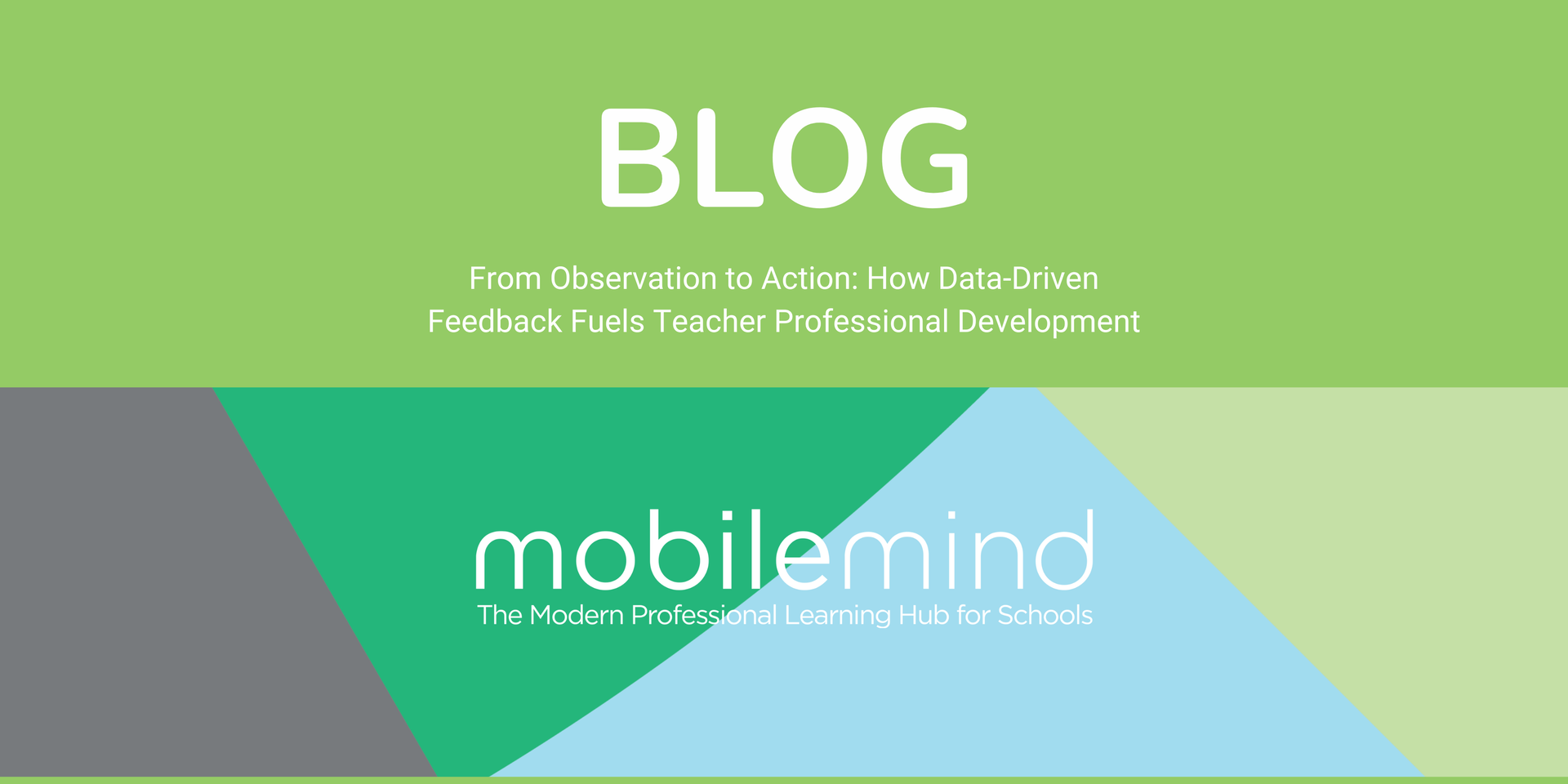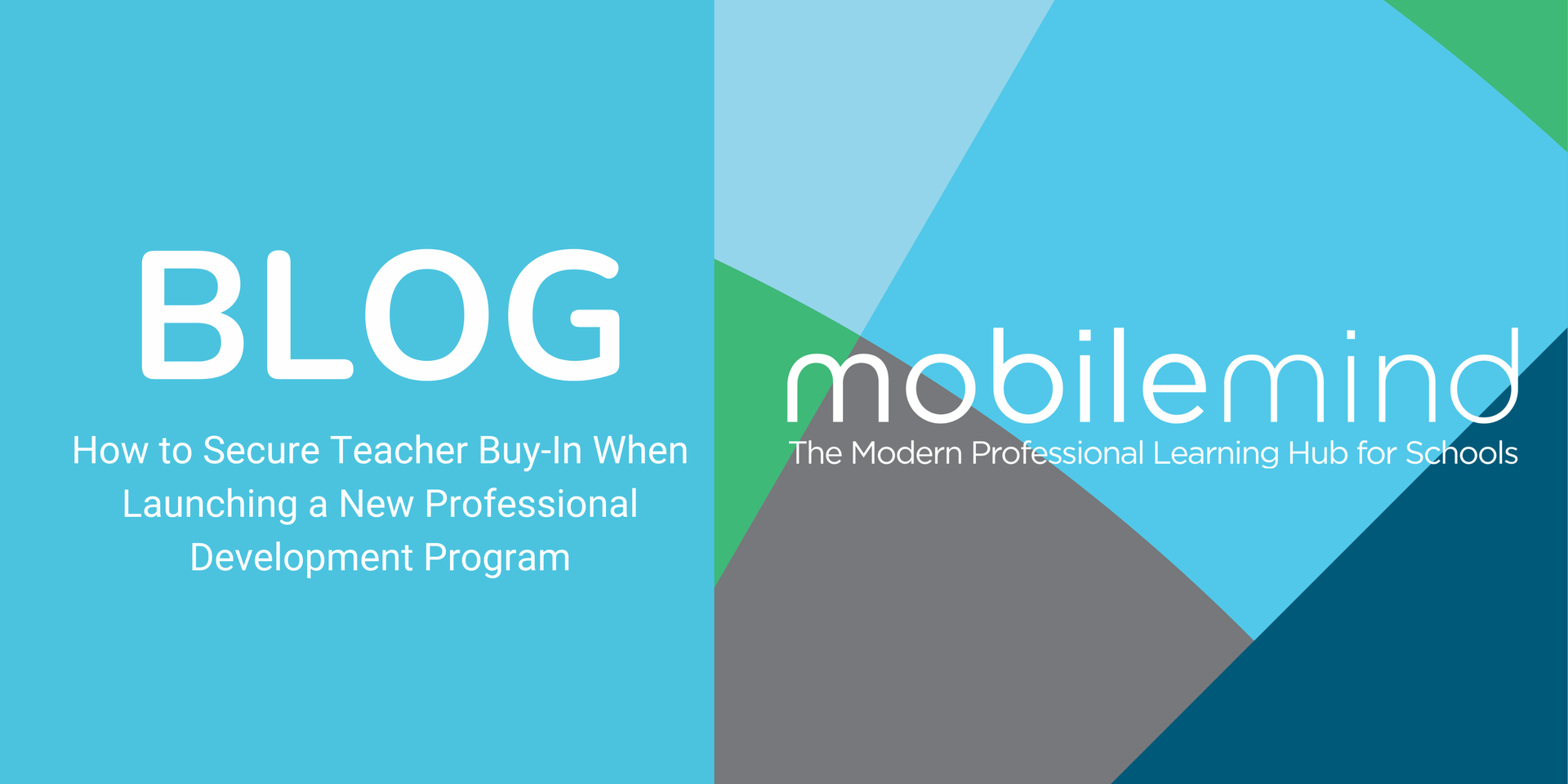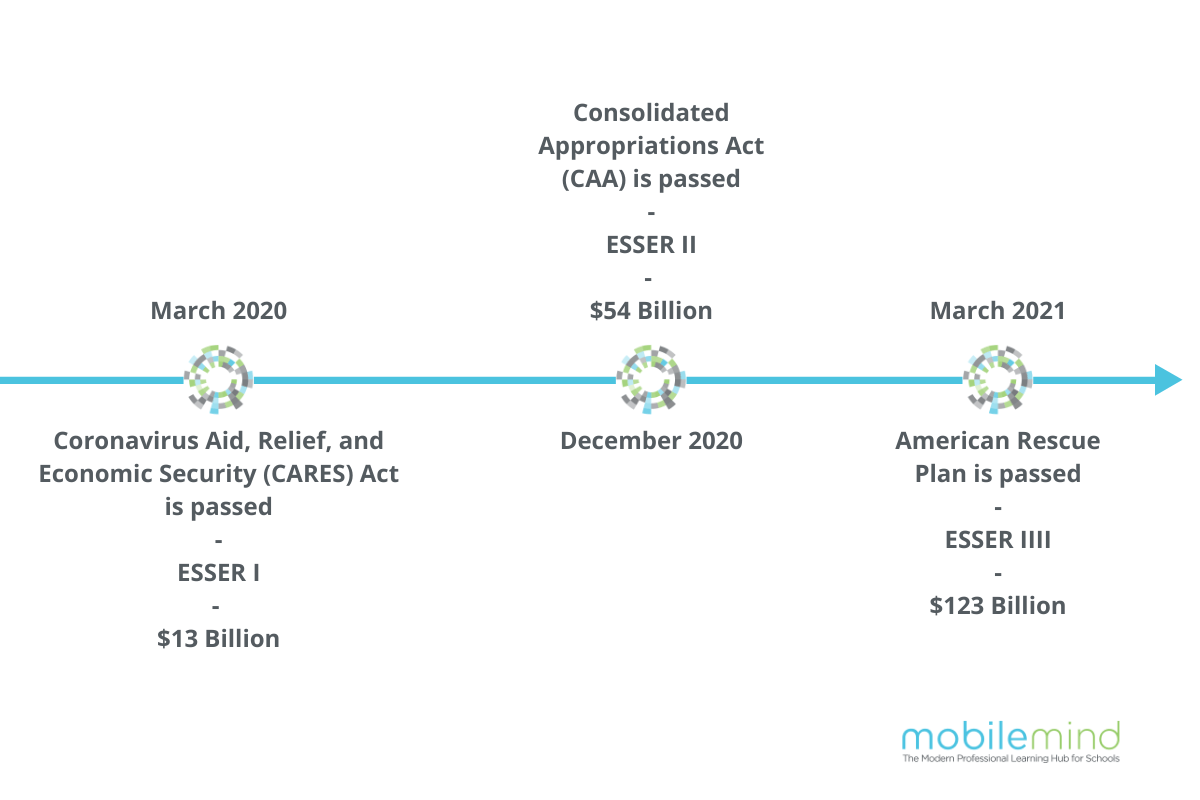Guide to Leveraging ESSER Stimulus Funding for Long-Term Success
How the American Rescue Plan federal stimulus funding is allocated in K-12
March 11, 2021 was a historic day for school funding in this country. When President Joe Biden signed the American Rescue Plan into law, he immediately committed $123 billion for K-12 education in the United States.
That’s the largest amount of federal funding ever dedicated to schooling. Combined with the $72 billion from two COVID-19 relief packages passed last year, it means schools have received about $195 billion in aid; that’s nearly double the $100 billion K-12 schools received after the 2009 recession.
On top of that good news is a relative lack of restraints limitations on how schools can spend this money. But there are rules, as well as deadlines, and school officials who best understand these rules will be able to better use these federal funds to boost learning for their students.
This guide explains the terminology of the bill, unwinds how the money will travel to states and schools, and details exactly how this funding can be spent by school officials. It also highlights the deadlines associated with the various forms of funding.
The difference between ESSER funds
As an educational expert, you are likely already steeped in dozens of acronyms, so here are some more. The money from the three coronavirus relief bills makes up what is called ESSER funds, the Elementary and Secondary School Emergency Relief fund. The $13 billion for education from the first COVID-19 relief bill, the CARES Act passed in March 2020, is known as ESSER I. The $54 billion from the Consolidated Appropriations Act (CAA) makes up ESSER II. This bill was passed in December 2020. The $123 billion from the American Rescue Plan is known as ARP ESSER or ESSER III. All of these funds are also referred to as the Education Stabilization Fund. Right now, your district’s CARES money has likely been spent. In fact, it’s a requirement to exhaust those funds before schools spend ESSER II monies. The deadline to spend ESSER II funds is September 30, 2023.
In the new Rescue Plan, federal money is doled out to states based on existing Title 1 funding. Even though the money goes to states, at least 87.5 percent must be passed on to schools. As a rough estimate, schools should expect to receive about 2.2 times the amount of funding received under ESSER II. In general, the average new funding per student is about $2,500, although some high-poverty areas may get significantly more money.
Although states are allowed to keep 12.5 percent of the money, which is roughly $15.4 billion, there are three areas where state money must be spent. State officials have to set aside 5 percent of their funds to address learning loss, one percent for evidence-based summer enrichment, and another one percent for evidence-based comprehensive after-school programs. States also cannot cut their own funding for schools in 2022 or 2023, and states cannot pass laws that disproportionately impact high-poverty schools.
How schools can use ESSER federal stimulus funding
While there is great latitude in how school districts can spend the bulk of these funds, there are some rules that must be followed. Within 30 days of receiving funding, districts must publish a plan to reopen schools for in-person instruction. In addition, at least 20 percent of the funds schools get need to be spent to address learning loss through evidence-based interventions that respond to students’ academic, social, and emotional needs. As of right now, there has not been a clear-cut definition of what will qualify as an evidence-based program for these areas.
The remaining funds can be used for any allowable use under these four acts:
- Elementary and Secondary Education Act
- Individuals with Disabilities Education Act
- Carl D. Perkins Career and Technical Education Act, and
- Adult Education and Family Literacy Act
One government funding expert said, “It’s easier to list the things the money can’t be used for.” It is expected that some states will issue guidance to school districts, but that advice will not lock districts into any sort of spending commitment.
Professional development is a major area where these funds can be spent, as . A 2015 report from TNTP estimated that schools typically spend $18,000 a year on professional development for every teacher. That figure is likely to increase as schools scramble to accelerate learning coming out of the pandemic. Teachers today will need to know not only which skills are key, but how to diagnose unfinished learning, and use that data to create new pacing guidelines.
As districts now face challenges like student learning loss, teacher burnout, and new compliance requirements, MobileMind HQ can serve as your central hub, minimizing and remediating the impact of COVID-19 on teachers and, ultimately, their students. As a school or district leader, you can leverage MobileMind HQ to create, facilitate, and manage district-specific, activity-based micro-courses with streamlined tracking and reporting all in one place. Address learning loss with MobileMind and support your teachers with PD initiatives that remediate or accelerate learning, such as:
- Training for summer enrichment and after-school programs
- Offering 1:1 tutoring support
- Streamlining PLC and data team activities
- Engaging teachers in grade-level or content-specific remediation strategies
- Improving how teachers engage learners in a blended or virtual environment
There are endless possibilities when it comes to the PD that leaders can include in MobileMind’s professional learning hub. From personalized, project-based, or social-emotional learning, to procedures and policies around safety, MobileMind is the one place teachers know to go for any training they need.
Leaders can also use MobileMind to share how teachers and staff can utilize other technology programs, such as a district SIS/LMS, interactive white boards, or other technology that supports learning in the classroom. Best of all, educators can determine their own learning pace and can complete micro-courses anytime, anywhere - and receive feedback from certified educators along the way! Administrators appreciate the ability to conveniently track learner progress on courses, badges, and learning paths.
If COVID-19 and distance learning has taught us anything, it's that PD must be agile, as skill requirements and circumstances change. It’s vital for districts to have the ability to pivot instruction and continue to offer quality learning experiences for kids.
Even as more schools return to in-person education, technology-enhanced learning is not going away. Schools will need to refine how their teachers provide instruction and support student learning, and professional development can help teachers improve upon their current practices. In addition, if your district is returning to a traditional classroom setting, it’s important to ensure your teachers don’t lose the instructional technology skills they gained throughout distance learning.
Leaders can use MobileMind to achieve this through activity-based, asynchronous professional development. Use ESSER funds to streamline PD and allow you to create, manage, and track all of your district's PD activities related to addressing the impact of COVID-19 and the abrupt shift to distance learning.
Important ESSER spending deadlines
The timing of spending all this money follows a simple pattern. Funds from ESSER I have to be fully allocated before funds from ESSER II are used. Similarly, funds from ESSER II must be allocated before the latest round of funding, ESSER III, can be tapped.
ESSER I funds must be allocated by September 30, 2022. ESSER II funds’ deadline is a year later, on September 30, 2023. The deadline for the biggest pot of money, ESSER III, is September 30, 2024. Note that these funds must be allocated by the dates listed, but that doesn’t mean all the funds have to be spent by those dates. School districts are in compliance if their officials have entered a contract for the money even if all the money hasn’t been paid out by the above deadlines.
One final area of funding is the Governor’s Emergency Education Relief (GEER) Fund. This money comes from the federal government and is earmarked for emergency assistance from the coronavirus. These grants are typically case focused. GEER funding is split into two streams: one part, $1.3 billion, is for both K-12 and higher ed. But $2.75 billion is set aside for emergency assistance for non-public schools. While governors administer this funding, non-public schools have to apply to local educational agencies to get these funds.
Schedule a call with MobileMind for more information about how to maximize the impact of your district’s federal stimulus funding for professional development!





